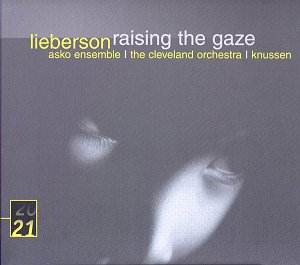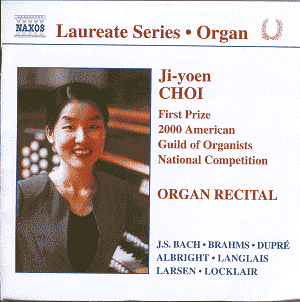 Composer: Jean Sibelius
Composer: Jean Sibelius
Works: Symphony No. 2, Symphony No. 7
Performers: Philadelphia Orchestra, Eugene Ormandy
Recording: Broadwood Hotel, Philadelphia, 17 Mar 1957 (2), 1 May 1960 (7)
Label: SONY CLASSICAL SBK 53509
Jean Sibelius, a towering figure in late-Romantic music, encapsulates the spirit of his Finnish homeland through a unique synthesis of lyricism and nationalism. His Second Symphony, completed in 1902, is often viewed as a response to the socio-political climate of the time, symbolizing a struggle for Finnish identity against Russian oppression. In contrast, the Seventh Symphony, completed in 1924, reflects a more introspective and modernist approach, showcasing Sibelius’s evolution as a composer. This recording, featuring the Philadelphia Orchestra under Eugene Ormandy, serves as both an homage to the composer—recorded shortly after his death—and a testament to Ormandy’s profound understanding of Sibelius’s idiom.
Ormandy’s interpretation of the Second Symphony is remarkable for its clarity and rich orchestral color. The Philadelphia Orchestra’s string tone is particularly notable; it possesses a warmth and depth that draws the listener into the work’s expansive emotional landscape. Early on, the Allegretto’s strings emerge with a lushness that captures Sibelius’s characteristic blend of melancholy and heroic aspiration. At 2:20 in the Andante, the woodwinds evoke harmonium-like overtones, referencing the domesticity of Sibelius’s early works, while the flutes’ intertwining lines towards the end of the Vivacissimo shimmer with an almost ethereal quality. Ormandy’s choice to emphasize these delicate details lends a freshness to a work often treated with a more bombastic approach.
The Seventh Symphony, by contrast, is a more compact and taut composition, yet Ormandy infuses it with an intensity that is palpably visceral. His interpretation reveals the symphony’s inherent drama and emotional complexity, steering clear of the commonplace, soft contours that often lead to a diluted understanding of its structure. The performance is marked by a keen sense of pacing; the transition between sections is seamless, yet remains charged with tension. In particular, Ormandy’s handling of the trombone lines offers a nuanced, refined tone that contrasts with the more aggressive string sections, creating a dynamic interplay that underscores Sibelius’s stark contrasts.
Recording quality plays a crucial role in the listening experience, and this remastered version from Sony captures the orchestral palette with remarkable fidelity. While some hiss—an artifact of its analogue origins—permeates the soundscape, it does not detract from the overall clarity. The balance between the sections is well-preserved, allowing the intricate dialogue between strings and woodwinds to emerge. Notably, this version’s engineering offers a different sonic experience compared to the EMI Beecham recording of the Seventh, which, while more polished, lacks the robust character and dramatic tension found in Ormandy’s interpretation.
This recording stands as a significant contribution to the Sibelius discography, providing a compelling listen for both seasoned enthusiasts and newcomers. The Philadelphia Orchestra’s performance, under Ormandy’s insightful direction, navigates the complexities of Sibelius’s language with impressive artistry. The interpretation is at once imaginative and faithful, offering a perspective that is both personal and historically grounded. This disc is not merely a collection of two symphonies; it is a celebration of Sibelius’s legacy and Ormandy’s masterful orchestration, inviting repeated exploration and engagement.



